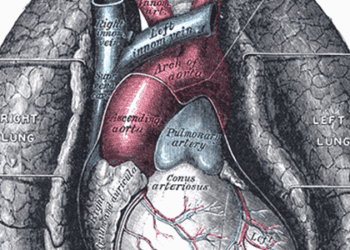Optimal 3-variable risk-adjustment model developed for use in global surgery outcomes research
Image: CC/ArmyMed
Key study points:
- This study compared models using a receiver operator curve analysis, and found that less than 6 variables are necessary to develop a risk-adjusted tool to predict inpatient mortality
- Most predictive model with highest area under the receiver operator curve was 3 variables: age, ASA classification, and functional status
Primer: The National Surgical Quality Improvement Program (NSQIP) in the U.S. collects preoperative variables used to develop models for predicting inpatient mortality. This tool has over 100 variables designed for collection in urban settings. Resource poor areas, especially abroad, are limited in their ability to carry out risk-adjusted surgical outcomes research because of the complexity of the NSQIP and the difficulty in collecting all of the variables. The authors of this study set out to develop a model that is nearly as predictive but with less than 10 variables, which will be more capable of being utilized all over the world.
This [retrospective] study: Patient data from 2005 to 2009 in the NSQIP database was used, which measures over 130 variables and also records the 30-day mortality. Variables from 631,449 patients in the database were considered. From these variables, the authors used receiver-operator curves to determine which individual variables would contribute the most to the predictive nature of the models, with 1 being the most predictive value possible.
Authors sequentially went up to 6 variables, after first identifying ASA class as the most predictive and building on it using multivariate regression analyses. The model with the highest AUROC (0.9398) was only 3 variables and included ASA classification, age, and functional status. There was also a 2 variable model with AUROC of 0.9290. Models with 4-6 variables had diminishing returns, and only changed the AUROC minimally.
In sum: This risk-adjustment model changes the difficulty and complexity of collecting data necessary for risk-adjusted outcomes research, and thus paves the way for more outcomes research globally in resource-poor settings. It also greatly diminishes costs and the minimal technological requirements (e.g. electronic medical records) necessary to facilitate the collection of these variables, yet still maintains a significant predictive power for risk adjustments. Its use of the NSQIP database, which comes from many centers, makes the results more applicable broadly.
One concern, which the authors acknowledge, is the critique that ASA classification is subjective and that inter-operator variability is high. However, they suggest that each surgical program can use the model with limited variables of their choosing based on the report, whether it be the one with the highest AUROC or one of the other similarly predictive, but with more objective models. Ultimately, the authors believe the strength of this study is that many of the models they provide with AUROC above 0.9 can be used adequately for risk-adjusted outcomes research to continue to advance surgical quality worldwide.
Click to read the study in JAMA
By [DM] and [AH]
© 2012 2minutemedicine.com. All rights reserved. No works may be reproduced without written consent from 2minutemedicine.com. DISCLAIMER: Posts are not medical advice and are not intended as such. Please see a healthcare professional if you seek medical advice.




